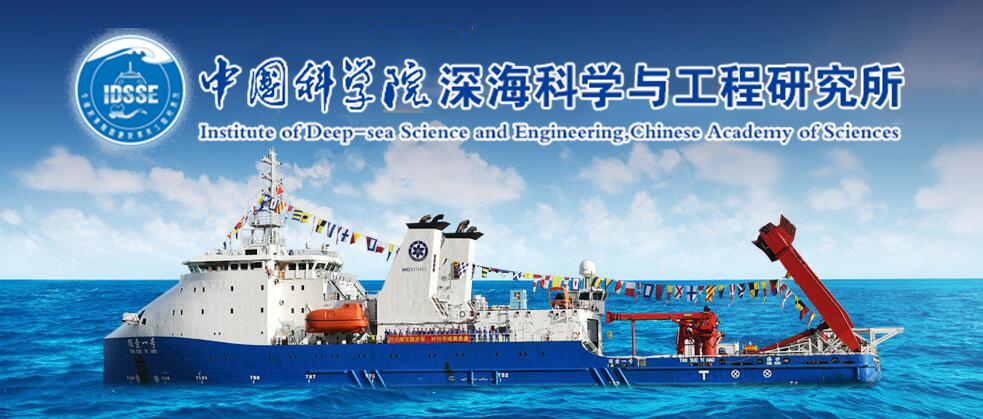Background: Deep-sea exploration has emerged as a pivotal area of focus in contemporary geoscience and analysis techniques. For deep-sea analysis, conventional ex-situ water analytical methodologies mean significant economic costs, while also greatly increasing the risk of sample distortion. The solution to this issue lies in in-situ analysis, eliminating the bias from sampling and transportation, and capturing spatial and temporal data simultaneously. Underwater gas chromatograph (GC) has great potential in in-situ analysis of VOCs in deep-sea, but few studies have verified its feasibility. Results: In this work, an underwater membrane inlet GC was developed and evaluated. The membrane permeated gas samples were subjected to dehydration, enrichment, thermal desorption, column injection and separation, and thermal conductivity detector detection. The overall dimension of the underwater GC is Phi 210 mm x 770 mm, 21.0 kg in water, and the design maximum working depth is 4500 m. The average power consumption is <= 35 W, and the gas consumption is 3 mL/min. The performance of the underwater GC was evaluated in the laboratory tank. The detection limits of ethane, propane, n-butane, benzene, toluene, and p-xylene in water at a 60-min sampling period were 2.4, 1.1, 0.85, 2.9, 1.2, and 0.73 mu g/L. The linear range is around 2 orders of magnitude. The underwater GC has been tested twice in the South China Sea at a depth of more than 1000 m to verify its deep-sea in-situ analysis performance. Significance: Our work confirms the feasibility of in-situ analysis of VOCs in water using underwater GC not only in the lab but in deep-sea trials. This study also provides a prototype and reference for the design of underwater analytical instruments.


 琼公网安备 46020102000014号
琼公网安备 46020102000014号
